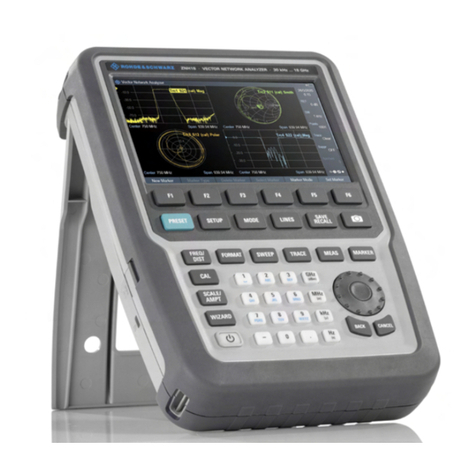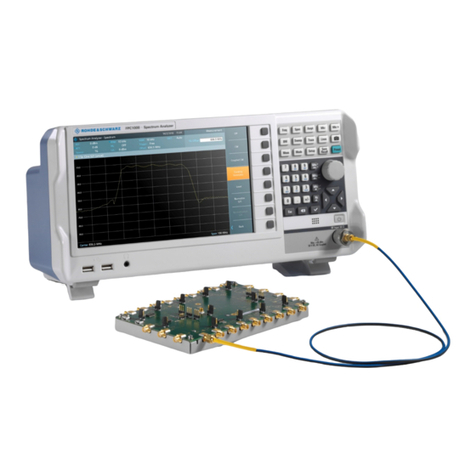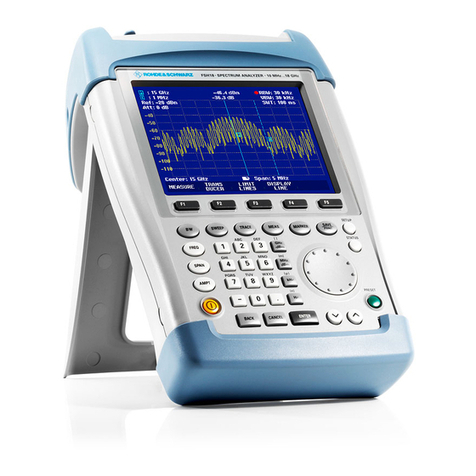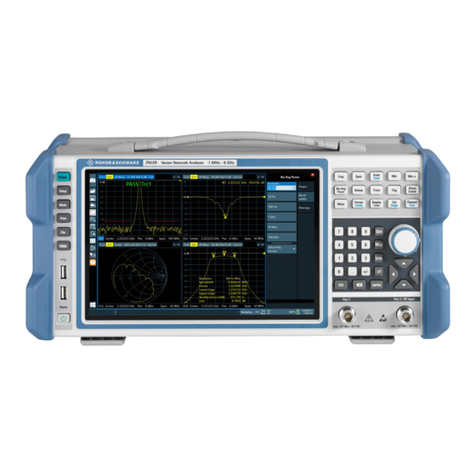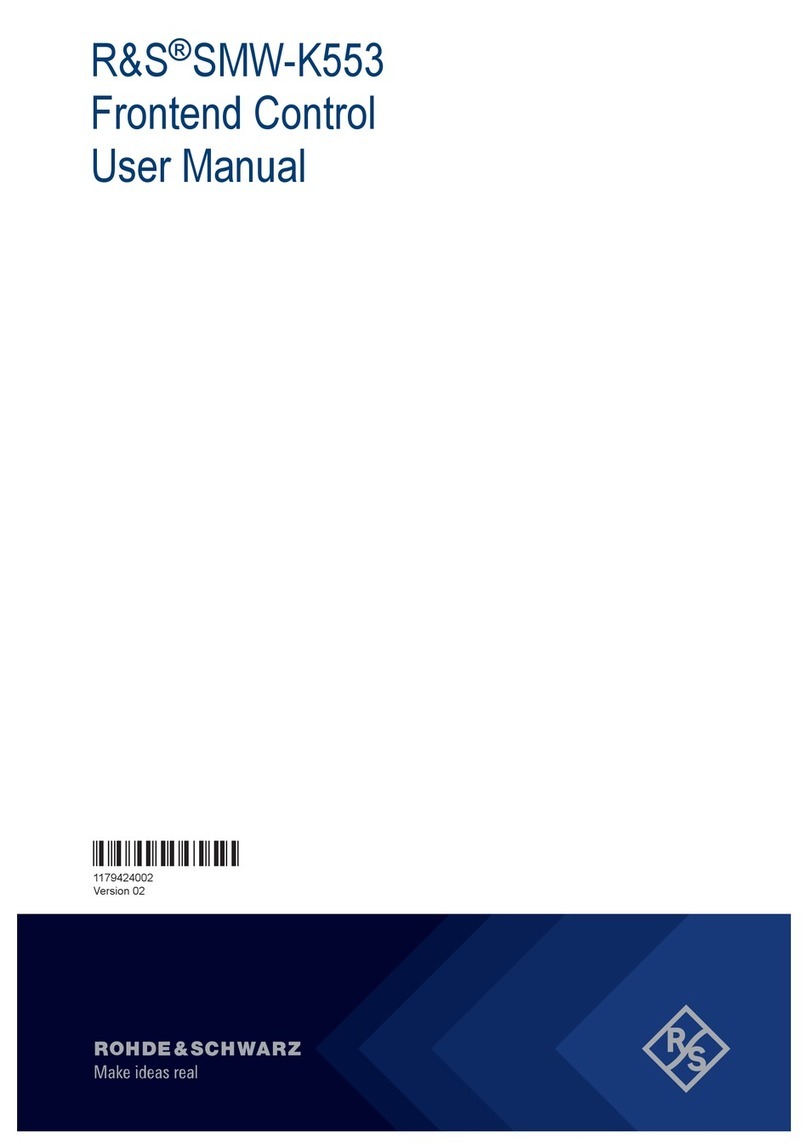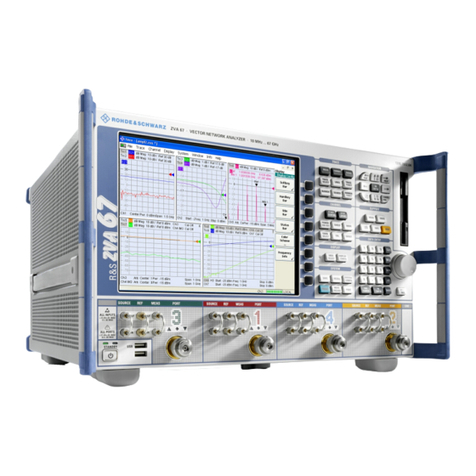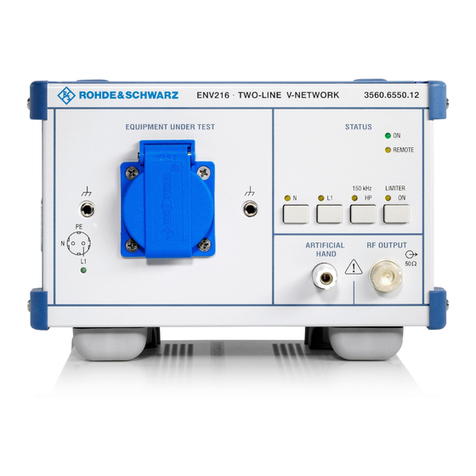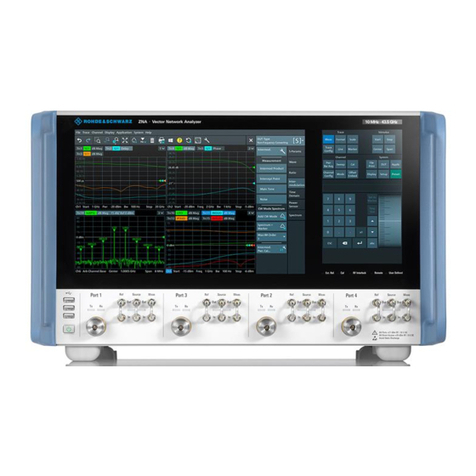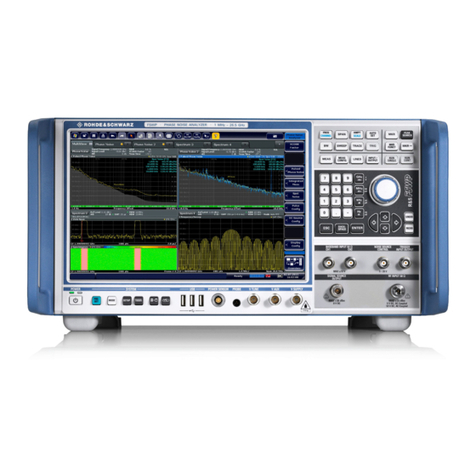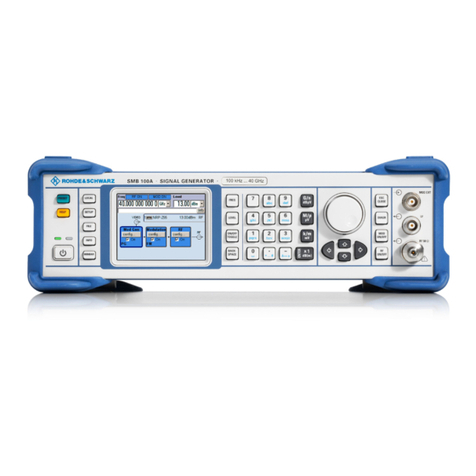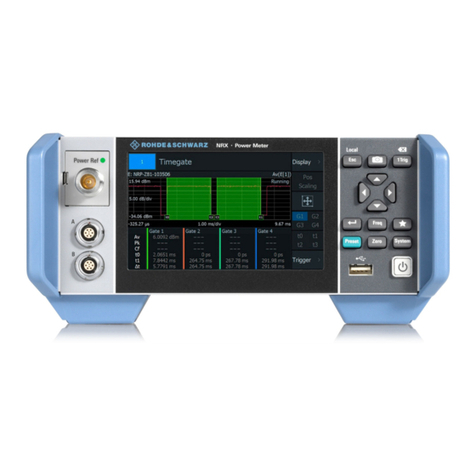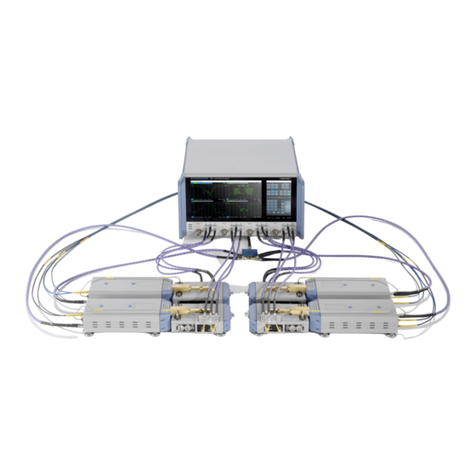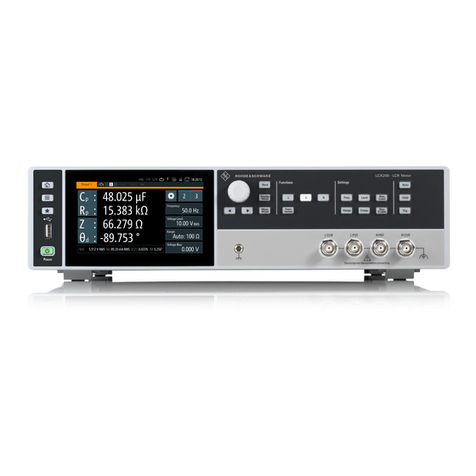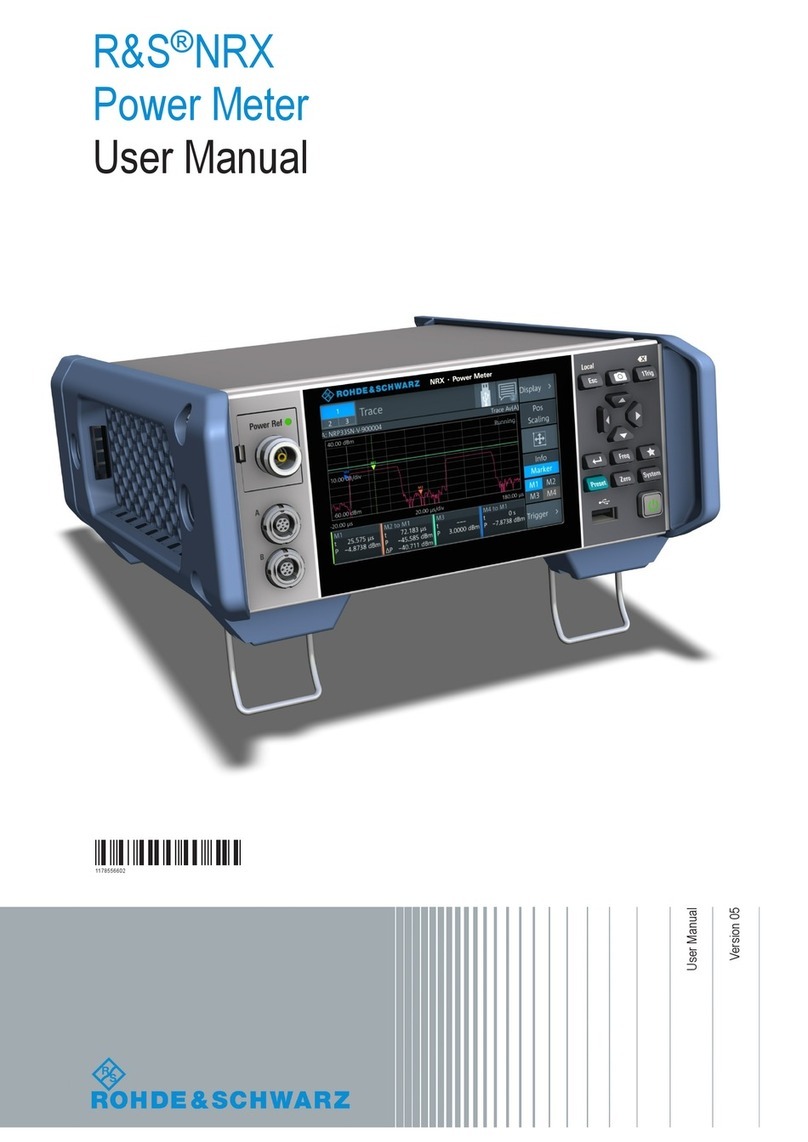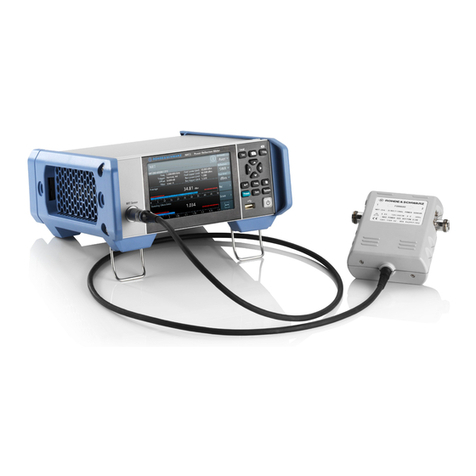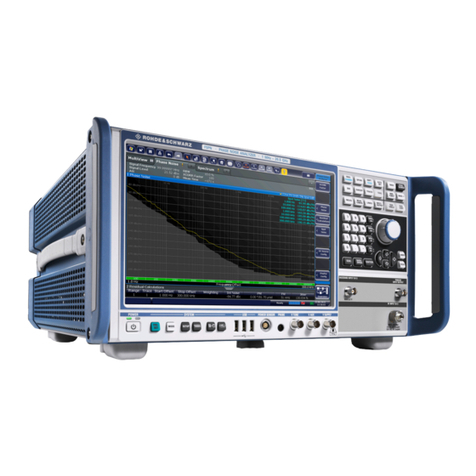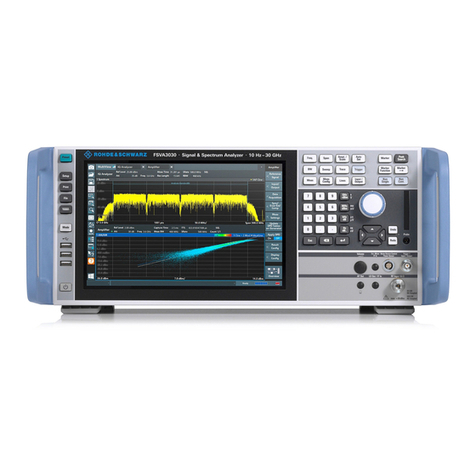
Contents
R&S®FSVA3000/ R&S®FSV3000
8User Manual 1178.8520.02 ─ 01
8.5 Bandwidth, Filter and Sweep Configuration...........................................................376
8.5.1 Impact of the Bandwidth, Filter and Sweep Settings...................................................376
8.5.2 Bandwidth, Filter and Sweep Settings........................................................................ 382
8.5.3 Reference: List of Available RRC and Channel Filters................................................389
8.6 Trigger and Gate Configuration............................................................................... 391
8.6.1 Triggering.................................................................................................................... 392
8.6.2 Gating..........................................................................................................................402
8.7 Adjusting Settings Automatically............................................................................409
9 Common Analysis and Display Functions...................................... 412
9.1 Result Display Configuration...................................................................................412
9.1.1 Basic Evaluation Methods...........................................................................................412
9.1.2 Laying out the Result Display with the SmartGrid.......................................................415
9.2 Zoomed Displays...................................................................................................... 419
9.2.1 Single Zoom Versus Multiple Zoom............................................................................ 419
9.2.2 Zoom Functions.......................................................................................................... 421
9.2.3 How to Zoom Into a Diagram...................................................................................... 423
9.3 Marker Usage.............................................................................................................426
9.3.1 Basics on Markers.......................................................................................................426
9.3.2 Marker Settings........................................................................................................... 429
9.3.3 Marker Search Settings and Positioning Functions.................................................... 435
9.3.4 Marker (Measurement) Functions............................................................................... 442
9.3.5 How to Work With Markers..........................................................................................463
9.3.6 Measurement Example: Measuring Harmonics Using Marker Functions................... 466
9.4 Display and Limit Lines............................................................................................ 467
9.4.1 Display Lines...............................................................................................................468
9.4.2 Limit Lines................................................................................................................... 470
9.5 Trace Configuration.................................................................................................. 486
9.5.1 Standard Traces..........................................................................................................486
9.5.2 Spectrograms..............................................................................................................498
9.5.3 Trace Math.................................................................................................................. 516
9.6 Importing and Exporting Measurement Results for Evaluation........................... 518
9.6.1 Displaying a Reference Trace - Importing Trace Data................................................ 519
9.6.2 Trace/Data Ex/Import.................................................................................................. 520












